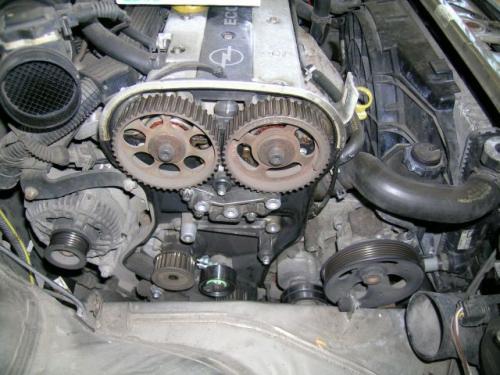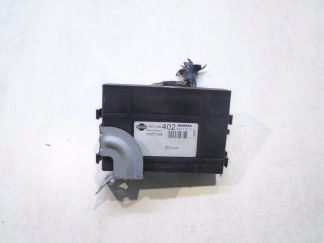
Noises from the engine
 Noise from the engine does not bode well. Knocking or squeaking indicates damage to the placenta.
Noise from the engine does not bode well. Knocking or squeaking indicates damage to the placenta.
Unfortunately, correctly diagnosing which placenta it is is not easy, although there is an easy way to make the correct diagnosis.
Repair costs constitute a significant part of the operating costs, therefore, in order not to increase them unnecessarily, a correct diagnosis should be carried out before starting repairs. It seems to be obvious, but as practice shows, it is not as obvious as it seems in theory. The engine is a complex device, and even when running, it makes a lot of noise. It takes a lot of experience to separate the right from the undesirable. It's not easy, because  a lot of accessories are stored in one part of the engine, and each has at least one bearing that can cause noise. In many cases, the diagnosis of damage to the timing belt tensioner is exaggerated, and this, unfortunately, is associated with high costs, which, as it turns out, were unnecessary, since the cause of the noise has not been eliminated.
a lot of accessories are stored in one part of the engine, and each has at least one bearing that can cause noise. In many cases, the diagnosis of damage to the timing belt tensioner is exaggerated, and this, unfortunately, is associated with high costs, which, as it turns out, were unnecessary, since the cause of the noise has not been eliminated.
The engine drives: water pump, power steering pump, generator, air conditioning compressor. In addition, there is at least one V-belt tensioner. These devices are in the same place, very close to each other, so it's easy to make a mistake. On auscultation, it is very difficult to determine what is actually damaged. However, there is an easy way to make a correct diagnosis, which is not often used due to its complexity. It is enough to turn off the device from work one by one to find out which bearing is damaged. And so, one by one, we disconnect the power steering pump, generator, water pump, etc. After turning off each of the devices, we start the engine for a while and check if the noise has stopped. If yes, then the reason is found. Many vehicles have multiple devices in the same lane. Then the diagnosis becomes more complicated, but if the noise stops, the search circle is limited to these devices. If the noise is still heard after turning off all devices, it may be due to the timing belt tensioner or the water pump if it is belt driven. By making a gradual diagnosis, we eliminate the risk of error, i. unnecessary costs and replacement of serviceable components. Higher diagnostic costs will still be far below replacement of working items.
